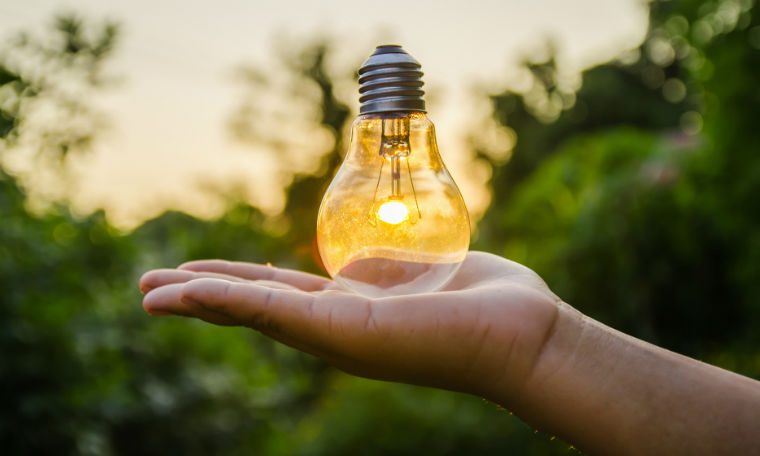 Innovation is making something better by doing it in a new or different way. Often people confuse this with creativity, which is creating something entirely from scratch. An artist is creative when molding a clay vase; a professor is innovative when he or she identifies a new way to bring math concepts to life for students.
Innovation is making something better by doing it in a new or different way. Often people confuse this with creativity, which is creating something entirely from scratch. An artist is creative when molding a clay vase; a professor is innovative when he or she identifies a new way to bring math concepts to life for students.
Creativity is difficult to teach, but innovation doesn’t have to be. The principles of innovation can be codified, and the steps necessary to go from ideation to realization can be laid out in a defined process. However, teaching and then learning those principles and steps can be challenging.
Experiential learning combines immersive activities that mimic real-world challenges with a targeted debrief that connects the lessons learned with workplace reality. It’s not unlike learning by doing. It’s a powerful way to teach both the principles and the skills of innovation, and ultimately change behavior. Its effectiveness lies in three areas:
- It’s fun. Participants take part in an experience that’s themed, challenging and highly engaging. They strive to excel within teams, in real time, with real issues, yet are often captivated by the event.
- It’s real. Participants bring their own skills to the task, and can then gauge their personal effectiveness against what’s really possible.
- It’s transformative. After an effective debrief of the experience, individuals can immediately see different ways to achieve an outcome and how those different ways could produce better results. Personal behavior change naturally flows from those convictions.
Organizations looking to drive workplace innovation are often challenged to determine how best to teach the steps and process of innovation at a deep enough level to actually change employee behavior. Experiential learning can be an innovative way to teach, and then drive, true innovation. By its very nature, experiential learning transcends age, gender, level, function and cultural background.
Regardless of differences, individuals often learn best by doing; learners prefer doing over listening, and they often select being personally engaged and stimulated over being lectured or taught. As such, experiential learning is an effective tool with which to support creation of an innovation culture by building conviction and skill around four concepts: a maximizing mindset, freedom of expression, analytical tools and behaviors, and effective collaboration.
- A maximizing mindset: Innovation requires that those involved begin with a “what’s really possible” mindset. This is best accomplished, for example, by reviewing what others have done and considering external industry developments to push the boundaries of traditional thinking.
- Freedom of expression: Individuals working on innovation teams need to feel free to express opinions, often “off-the-wall” ones, and to create and operate in a fail-safe and supportive environment.
- Analytical tools and behaviors: Ideas and next steps need to be received, assessed, morphed, discarded, reshaped and finally decided upon. Learning how to do this within safe, defined boundaries allows for subsequent application within the innovation process.
- Effective collaboration: Innovation is a team sport. As such, for optimum results those involved must learn how to perform at a high level as a team.
For those committed to bringing the skills and power of innovation into the workplace, steps and behaviors taught in experiential learning can be used to accelerate skill acquisition. Then, the benefits that can flow from each individual’s potential to innovate can be realized.
Phil Geldart is founder and chief executive officer at Eagle’s Flight, an organizational culture and leadership development company and author of Experiential Learning: Changing Behavior to Improve Performance.. Comment below or email editor@CLOmedia.com.















